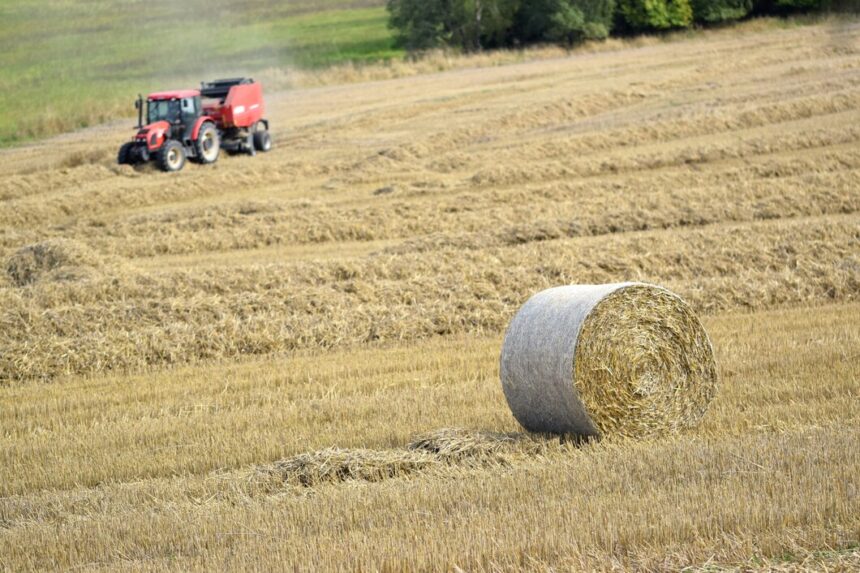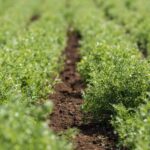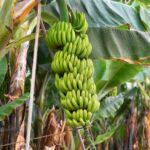Ensuring high-quality silage is essential for farmers aiming to provide their livestock with nutritious and cost-effective feed. Proper silage making can enhance milk production, improve animal health, and reduce the dependency on expensive feed alternatives. Here are some expert tips to help South African farmers achieve optimal results in their silage production:
1. Choose the Right Crop
Selecting the best crops for silage is crucial. Maize is one of the most popular choices due to its high energy content, but other options like sorghum, oats, and various legumes can also be used depending on the farm’s conditions. Ensure the crop is disease-resistant and adapted to the local climate.
2. Optimal Harvest Timing
Harvest timing significantly impacts silage quality. For maize, aim to harvest when the dry matter (DM) content is between 32% and 35%. Crops with excessive moisture can lead to nutrient loss and spoilage, while overly dry material may be difficult to compact, leading to air pockets and spoilage.
3. Chop Size Matters
Chop the crop to an appropriate length to balance compaction and digestion. For maize silage, a chop length of about 1-2 cm is ideal. Uniformly chopped silage helps to improve compaction and minimizes air entrapment, thus enhancing fermentation.
4. Effective Compaction
Compaction is essential to eliminate air and create an anaerobic environment, which supports the fermentation process. Use heavy machinery to compress the silage layers evenly. Compact each layer thoroughly before adding more material to minimize the risk of spoilage.
5. Seal and Protect
Seal the silage pile or bunker with an airtight cover as soon as possible after filling. High-quality plastic sheeting with UV protection is recommended. Weigh down the cover with tires or sandbags to prevent air infiltration. Regularly inspect the cover for any holes or tears and repair them immediately.
6. Monitor Fermentation
Fermentation should begin within hours of sealing and continue for several weeks. Optimal fermentation is achieved when the silage’s pH reaches around 4.0. Check for off-odors and any visible mold, as these can be signs of improper fermentation.
7. Maintain Silage Hygiene
Keep the area around your silage pit clean to prevent contamination. Remove any old or spoiled silage promptly to deter pests and minimize the risk of introducing harmful microorganisms.
8. Control Feedout Rate
When feeding from the silage pile, maintain a steady feedout rate of approximately 15-30 cm per day. This helps prevent the formation of spoilage layers and ensures that livestock are receiving the freshest and most nutritious silage possible.
Successful silage making requires careful planning, diligent management, and attention to detail. By following these tips, South African farmers can maximize the nutritional value of their silage, reduce wastage, and ultimately enhance the health and productivity of their livestock.









